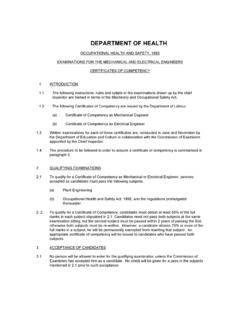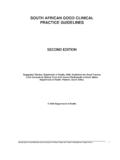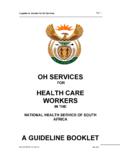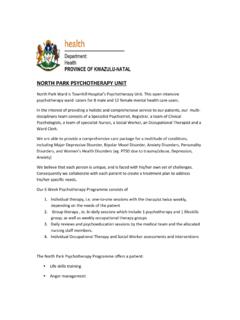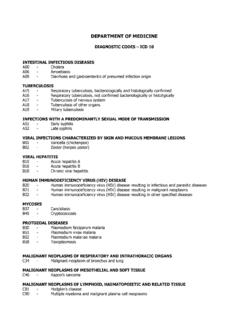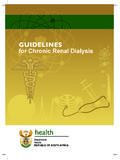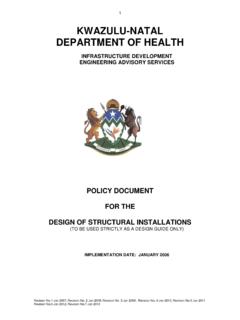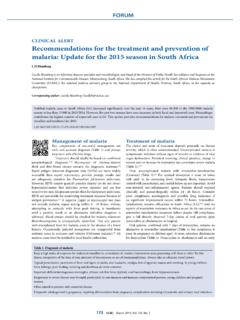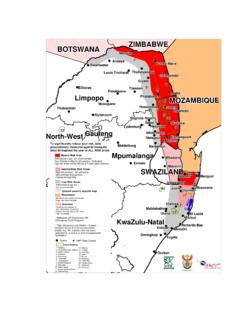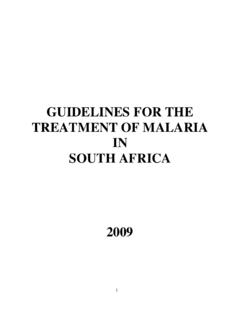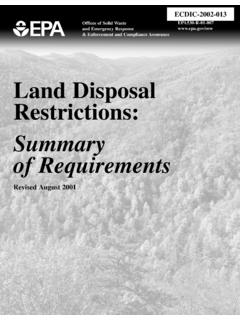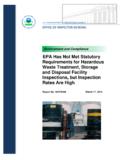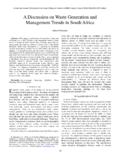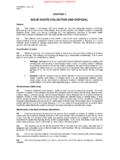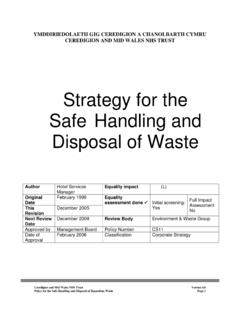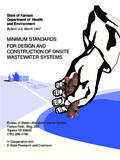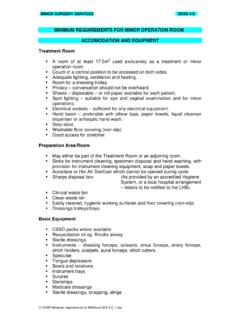Transcription of Policy and Procedures for the disposal of …
1 KZN Policy for the disposal of pharmaceutical waste Page 1 of 9 Policy AND Procedures FOR THE disposal OF pharmaceutical waste Date of Implementation 1 July 2015 Date of Review June 2016 Policy Number KZN PS-POL/SOP-2015-001 Ref: 17/2/P KZN Policy for the disposal of pharmaceutical waste Page 2 of 9 Policy 1. SCOPE OF THE Policy This Policy should be read in conjunction with: Legislation: a) The Medicines and Related Substances Control Act (Act 101 of 1965), and its supporting Regulations. b) Environmental Management Act (Act 107 of 1998) c) Standards Act (Act 29 of 1993) d) Occupational Health and Safety Act (Act 85 of 1993) e) Hazardous Substances Act (Act 15 of 1973) f) Pharmacy Act, 1974 (Act 53 of 1974) Codes, Guidelines and Policies a) KZN DOH Policy on Health Care Risk waste Management b) National waste Management Strategy c) Current Contract with waste Service Provider d) SABS Code of Practice - SANS 10248:2004, 2008, 2011 Management of Healthcare waste e) Guidelines for the Destruction of Schedule 5 Medicines and Substances Medicines Control Council f) SAPC.
2 Rules Relating to Good Pharmacy Practice (BOARD NOTICE 34 OF 2012) NOTE: This Policy does not cover the disposal of Radioactive pharmaceutical waste . 2. DEFINITIONS For the purpose of this Policy , pharmaceutical waste will mean: Expired, unused, unusable, spilt and contaminated pharmaceutical products, medicines, cytotoxic preparations, vaccines, sera that are no longer required and need to be disposed of appropriately. Items used in the pharmacy for the handling/manipulation of pharmaceuticals bottles, boxes, ampoules, vials with residue, gloves, masks, connecting tubing. Contractor will mean: The waste management company contracted to the Department in terms of contract ZNT 5027/98: disposal /Removal of waste or any contract that replaces said contract.
3 disposal will mean: The removal of medicines and scheduled substances destined for destruction without the intention of retrieval, in compliance with existing legislation. Destruction will mean: Rendering of medicines and scheduled substances unusable or irretrievable for use or consumption, taking into consideration the environment and harm to health. 3. GENERAL PRINCIPLES The destruction of pharmaceutical waste is described in regulation 27 of the General Regulations to the medicines and Related Substances Act (Act 101 of 1965) as amended. Additional minimum standards to Annexure A of the Rules relating to good pharmacy practice in terms of section 35A(b)(ii) of the Pharmacy Act 53 of 1974, as amended, were published in Board Notice 34 of 2012, regarding destruction and disposal of medicines and scheduled substances.
4 KZN Policy for the disposal of pharmaceutical waste Page 3 of 9 All disposal and subsequent destruction must take place in accordance with provincial Policy as well as local municipal regulations regarding the disposal of chemical or medicinal waste . The person responsible for the destruction may be requested to prove that the method of destruction is in accordance with such regulations. All medicines and scheduled substances (including medicines and scheduled substances returned by patients) must be destroyed in such a manner that does not allow recovery or retrieval. In respect of schedule 5 and 6, a person authorised by the Director General: Health must provide a certificate of destruction and in the case of an officer of the South African Police Services (SAPC); a case number must be provided.
5 These references must be kept with the relevant record or register for a period of 5 years. All quantities destroyed must be recorded in the relevant record or register on the date of destruction and signed by the person responsible for the destruction, indicating the reference to the destruction certificate or case number as the case may be. PURPOSE The purpose of this document is to ensure that the disposal and destruction of medicines and scheduled substances within pharmacies is undertaken safely and in accordance with the requirements of Regulation 27 of the General Regulations of the Medicines and Related Substances Act, 101 of 1965, relevant waste legislation and with due regard to minimising the risk of such an activity causing harm to the environment or harm to health.
6 disposal Procedures The disposal Procedures are separated into Medicines up to and including Schedule 4 and Schedule 5 & 6 medicines. Medicines and scheduled substances destined for destruction should be separated into six types and labelled accordingly: (a) Solid dosage form; (b) Creams, ointments and powders; (c) Ampoules and liquids (contained in glass); (d) Aerosols; (e) Cytostatic and cytotoxic medicines (f) Scheduled 5 and 6 substances. 1. Medicines up to and including Schedule 4 LEGISLATIVE REQUIREMENTS If a contractor is not used, a medicine containing Schedule 1, 2, 3, and 4 substances may only be destroyed in the presence of a pharmacist or an authorised person in charge of a place where medicines and scheduled substances are kept.
7 Such pharmacist or authorised person shall certify such destruction. Collection of pharmaceutical waste All pharmaceutical waste from wards and clinics must be returned to the Pharmacy. The ward or clinic must compile a list that must reflect: a) Name, b) Schedule, c) Quantity d) Strength e) Dosage form f) Batch number, g) And expiry date Medicines returned by patients/families of patients must be collected by the pharmacy but need not be itemised. KZN Policy for the disposal of pharmaceutical waste Page 4 of 9 These medicines must be rendered unusable by removal of outer cardboard packaging and from PVC blister packs, and disposed into a communal bin labelled miscellaneous medicines returned by patients.
8 Filling of Green Specibins Solid dosage forms must be removed from their packaging and be disposed into the Green Specibins mixed. Substances that have the potential to react with others must be disposed in separate containers. Medicines packed in PVC blister packs must be removed from the blister packing before disposing them in the Green Specibin. The blister packaging must be discarded with the general waste in black bags. Liquid dosage form medicines must be disposed in their bottles into the Green Specibins. waste aerosol dispensers must be stored separately in black plastic bags and marked waste aerosol dispensers in such a way that they can be easily identified from general waste (SANS 10248 - ).
9 Cytotoxic substances must be packed separately from other waste . Green Specibins must be used (SANS 10248 table 1). These containers must carry a Cytotoxic hazard label (SANS 10248 ) supplied by the contractor. Once filled to the correct level, they must be permanently closed preventing the reopening of the container. Labelling of sealed Green Specibins A unique reference number must be marked on the Green Specibin with a permanent marker. A structured sequence for numbering must be followed to ensure that each Green Specibin is given a different, traceable number. This reference number must also appear on the contents list and in a register of Green Specibin numbers that must be kept by the pharmacy.
10 A list of items included in each Green Specibin must be completed using Annexure A. Storage pharmaceutical waste must be stored separately from the general waste in the pharmacy disposed in appropriately sized tamperproof Green Specibins. The Green Specibins are available from the contracted waste disposal company. The containers must be carefully packed. Board of Survey Before any expired, unused, unusable medicines are destroyed, a Board of Survey (BOS) must be convened. The items recommended for destruction must be safely and securely stored until the collection for destruction takes place. Note: Medicines returned by patients/families of patients should not be included in the Board of Survey.
